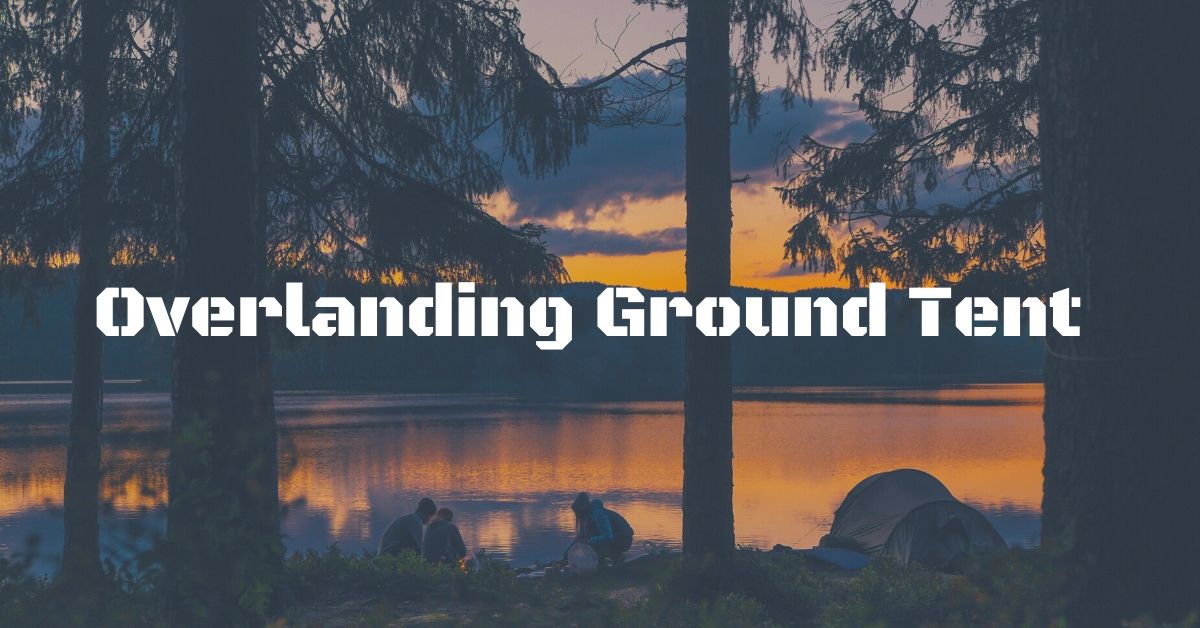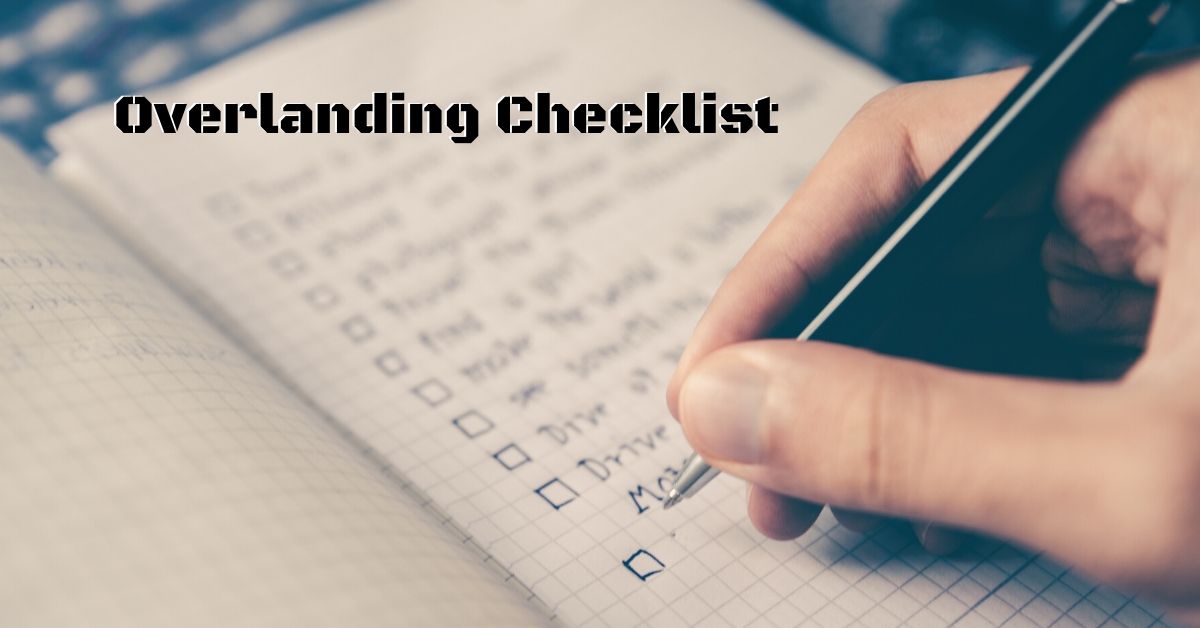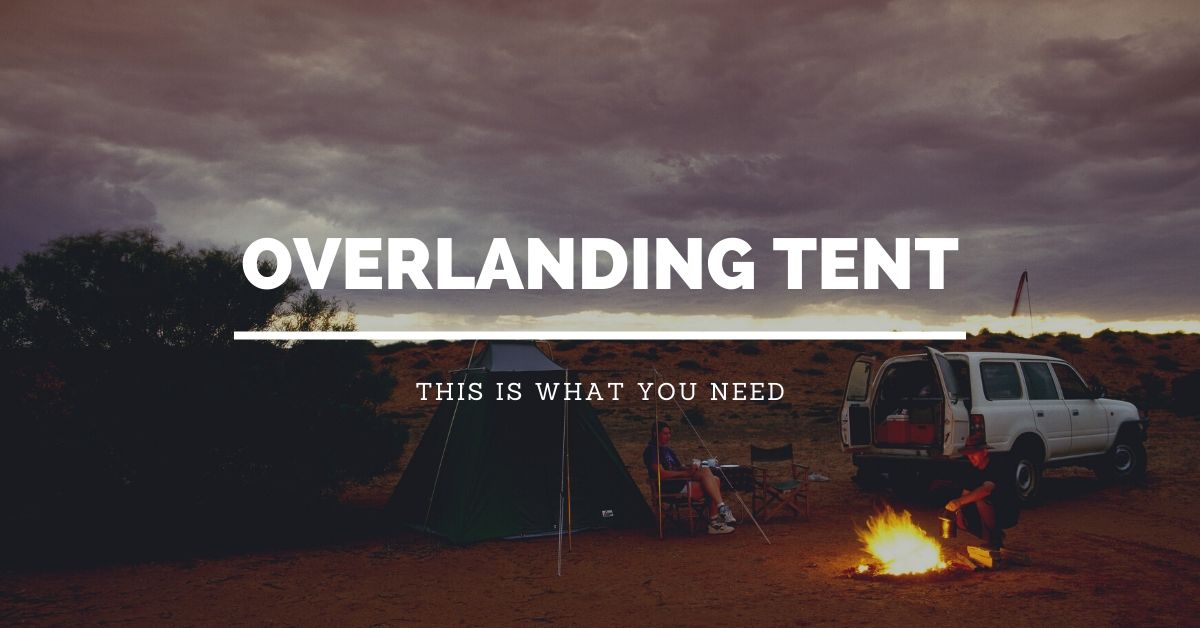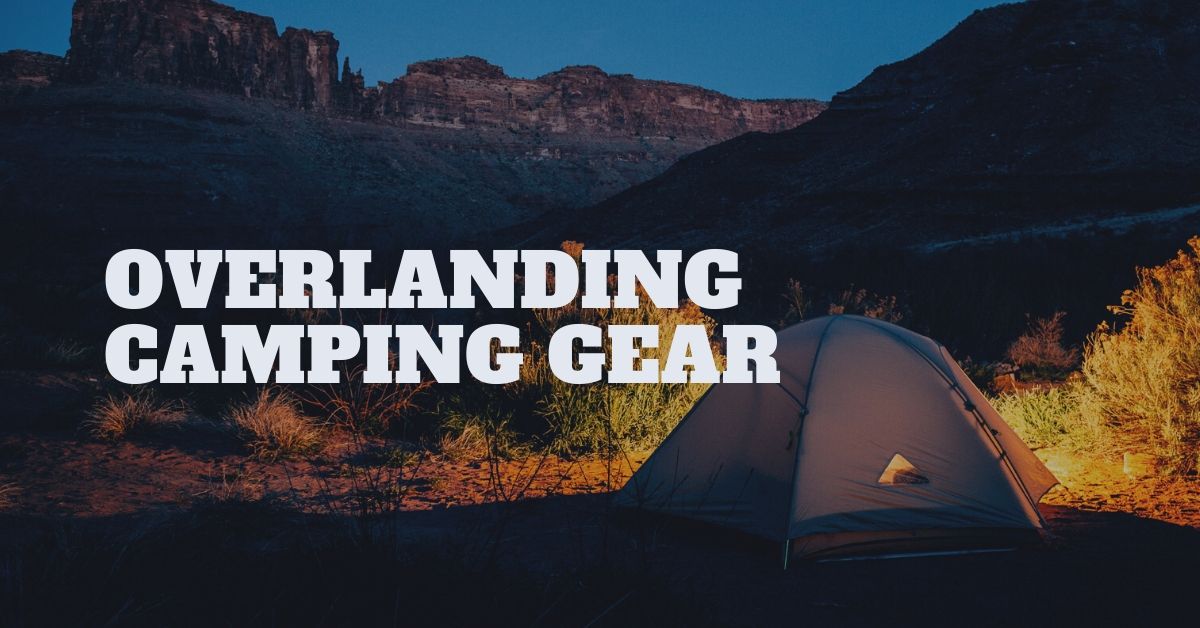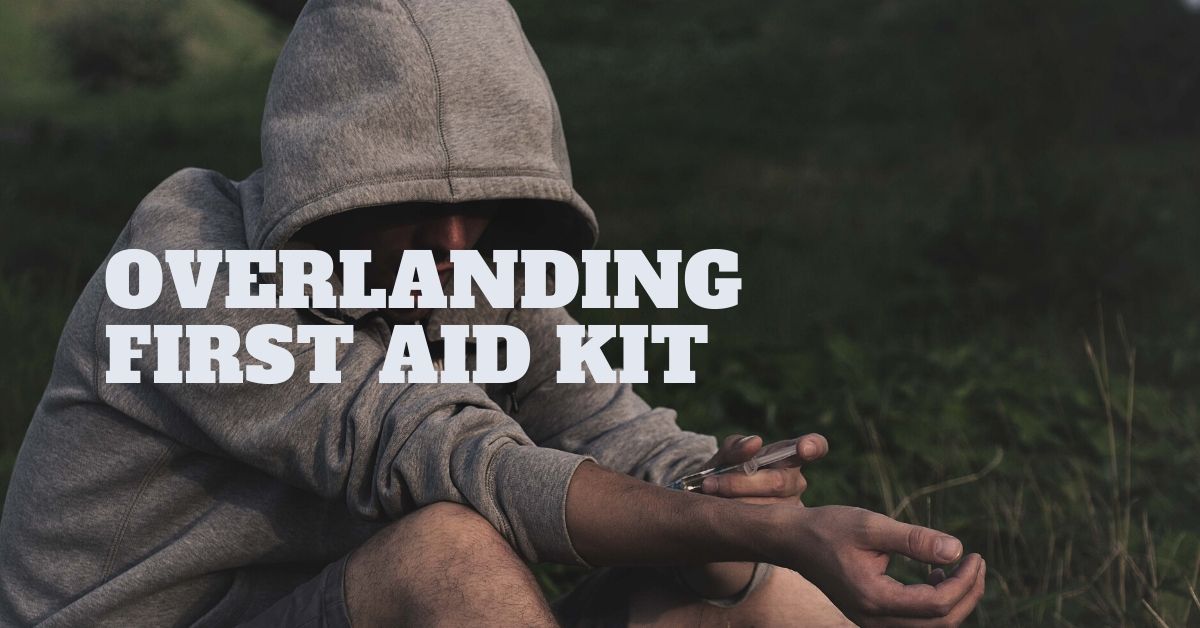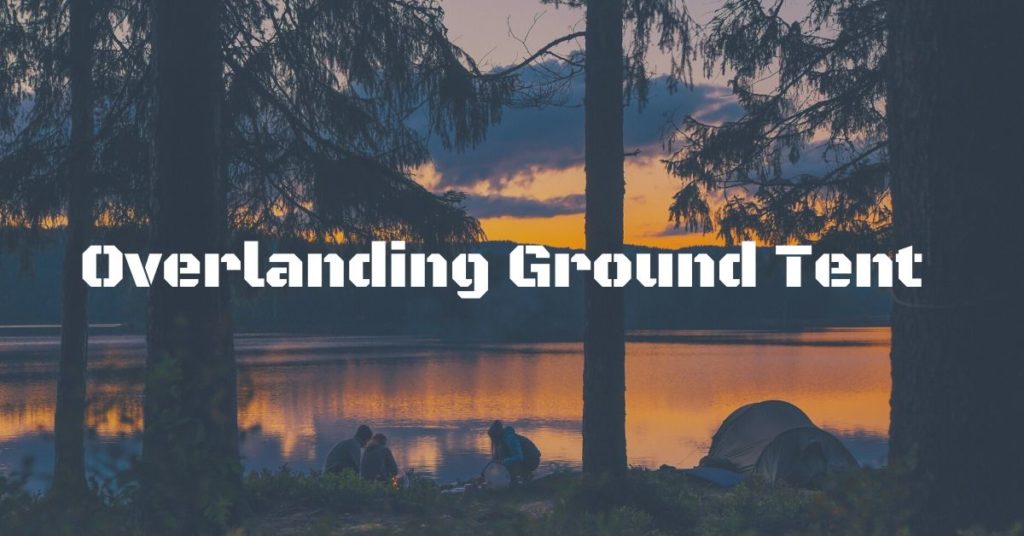
Using a ground tent for overlanding just means it’s a tent that is not part of or on top of a vehicle or trailer. Although any camping tent can be used for overlanding, there are some ground tents that may perform better in the overlanding environment.
Most backpacking tents are designed more as a lightweight shelter, than a durable multi-environment living quarters. The usual limitations of the lightweight tents include limited size, fragile materials, low ceiling height, an inverse relationship between privacy and ventilation, the need for a fairly smooth setup area, and their design is not conducive to frequent traffic flow.
An overlanding specific ground tent is more durable, thus heavier, as well as having larger doors inviting frequent entry and exit. The peak height is often standing high, and they usually have more vertical walls meaning there is a more efficient use of space but less wind shedding in rougher weather.
Setting Up Overlanding Ground Tent
Setup of overlanding ground tents is usually easier or faster than traditional camping domes or geodesic tents, and there are many options that have unique features such as a self-popup design, or zip into an existing vehicle awning system like the ARB.
Any tent is better than no tent, and if you are new to overlanding, then use what you have until you get an idea of where or how you want to proceed with your overlanding in the future. And remember, if you have kids, make sure they can play in and around the tent. They will enjoy the experience much more if they don’t have to be careful around lightweight gear.

